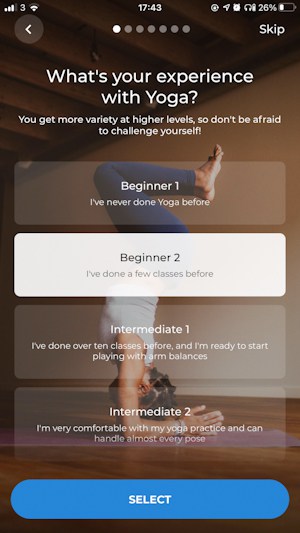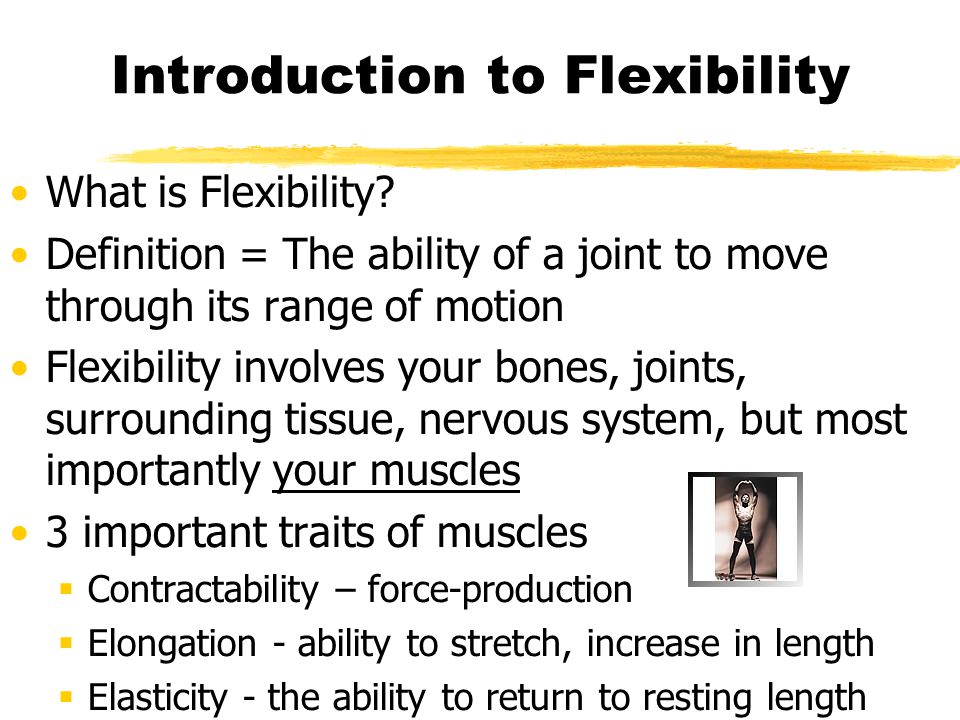
There are many stretches and poses that can help your body. Listed below are some popular poses and their benefits. See our recommendations for different poses. Our website has more details. You may also check out our blog. In this article, we'll explore the runner's pose and what you can expect from this popular pose. We'll also be discussing the benefits of each position and suggesting the right technique.
Pose
The most beneficial yoga poses are those that stretch certain muscles while simultaneously providing holistic physiological benefits. To maximize the benefits of both, it is important to add stretches to your yoga routine. To avoid injury and to maximize the benefits of yoga, both strength and flexibility training are crucial. Stretches help to warm up and cool off the body. It is vital to deepen your breathing throughout a posture in order for it to be safe. Here are some exercises that strengthen the muscles and joints.
Benefits
Yoga is all about stretching. Yoga includes stretching exercises to improve range of motion and flexibility. Stretching exercises are essential to injury recovery and for maintaining good physical health. By increasing flexibility, muscle groups become looser, which increases range of motion and allows for easier movement. It can even help reduce stress. You can avoid many of the mental and physical problems that often accompany injury by practicing yoga.
Props

Props are often needed when performing yoga poses. These props can aid in alignment and provide safety and protection. Props can also be used to allow the practitioner to maintain a posture for longer periods of the day, allowing them to reap the benefits of yoga stretching. Props increase flexibility, strengthen core muscles, improve balance, and help to create balance throughout your body. Props are vital for aligning the body, helping to relieve tension and increasing the level of relaxation.
Recommendations
These guidelines will help you improve flexibility when stretching your yoga muscles. It is best to not repeat the same movement more than three or four times per session. Avoid bouncing and jerking your muscles as this can lead to injury. Dynamic stretches should be performed for at least 10 to 15 mins before you start any activity. This will increase performance and lower the chance of injury. Don't hold a stretch longer than 10 seconds. If you feel pain, avoid repeating the exercise.
Sideways' stretches
The'sideways' stretches in yoga are a great way to lengthen the sides of the torso. This is done by placing your bent knee on the bent side and pointing your feet away from the pelvis. Adding weight by placing your upper arm over your head or holding a yoga block, will add to the stretch. This will allow your hips to lift and stretch. You can also increase the weight of your upper arm by placing it vertically onto the floor.
Reclining Hero Pose
The Reclining Hero Pose can be used to achieve a number of different purposes. This pose can be practiced with a block, or a pillow. This prop helps maintain the body straightened and erect while practicing the pose. The Hero pose is great for hip flexors and stretching the back. Your legs should be approximately hip width apart.
Half Frog Pose

Half Frog Pose can seem difficult for beginners to yoga. This pose can be improved by adding a bolster to your flexibility and strength. Place the bolster under your lower ribs, letting it support your upper body. Press your free arm against the floor in front of the prop. Your chest will become more flexible as you relax into this yoga position.
Hip stretches
Some of the most common hip stretches yoga poses can benefit your entire body. An excellent example is the half frog posture. It involves lying down on your stomach with your upper body supported on your forearms. Begin by bending the left leg. Next, bring your right foot up towards your buttocks. Your left hand should grab your left foot and push it towards the ground. Repeat this with the other leg. Keep the position for between one and five minutes.
FAQ
How does mental health affect our daily lives?
Everyone is affected by mental illness at one time or another. There is one major difference between people with mental illness and those without it: they don't seek out help. If you feel like something is wrong, talk to someone about it. There are many treatments for depression, anxiety and stress.
What should I do if I am experiencing mental health issues?
If you are suffering from any type of mental illness, it is important to seek professional help. You may have been subjected to trauma or abuse. It is possible that your thoughts about yourself have been affected by this.
A mental illness such as an eating disorder or addiction could also be present. These types of disorders can cause severe damage to your life.
They shouldn't be dealt with on their own. Talk to someone who is familiar with the subject. A professional therapist will be able to provide you with the support and guidance that you need in order to overcome these problems.
Are mental health and work more important than mental health?
Mental health is extremely important for everyone, especially when we are working. Relaxing at work can make you feel more relaxed. You might try going out with friends or taking a walk outside.
Talk to your supervisor or boss if stress is a problem. They may be able to suggest ways to relieve your stress.
Your physical health is important too. It is important to eat well, exercise regularly, and get enough rest.
Statistics
- Similarly, for positive mental health, there is likely to be substantial agreement about some typical components (e.g., resilience to stress) 6, and controversy about more atypical components (e.g., career consolidation). (ncbi.nlm.nih.gov)
- More than 50% will be diagnosed with a mental illness or disorder at some point in their lifetime.3 (cdc.gov)
- Neuropsychiatric diseases are the leading cause of death and disability in the U.S., accounting for 18.7 percent of all years of potential lifespan loss and premature mortality.
- It means no drinking any alcoholic beverages and no taking any drugs that aren't 100% natural.
- Appropriate nutrition and exercise are likely among the most efficacious and cost-effective positive mental health interventions. (ncbi.nlm.nih.gov)
External Links
How To
How to tell if you need help from a mental-health expert
These signs will help you determine if you should seek professional help. It is best to see a doctor if you spot any warning signs.
-
You feel lost in your own head.
-
You are having difficulty sleeping.
-
Concentrating can cause your thoughts to race.
-
You think about suicide.
-
You feel helpless.
-
You feel like you don't have enough.
-
You have lost interest and are no longer interested in the things you loved.
-
You have stopped eating.
-
You are now withdrawing.
-
You may have used drugs or alcohol to manage stress.
-
You are losing friends or family.
-
Other symptoms may include stomachaches, backaches or headaches.
These are all signs that you should look out for.